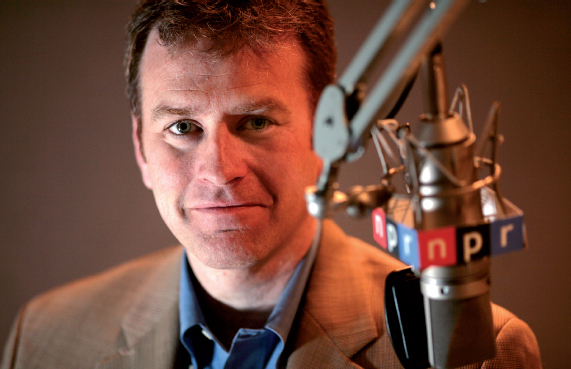Nonprofit Radio and NPR
Printed Page 180
Although commercial radio dominates the radio spectrum, nonprofit radio maintains a voice. In the 1930s, the Wagner-Hatfield Amendment to the 1934 Communications Act intended to set aside 25 percent of radio for a wide variety of nonprofit stations. In addition, two government rulings, both in 1948, aided nonprofit radio. Through the first ruling, the government began authorizing noncommercial licenses to stations not affiliated with labor, religion, education, or civic groups. The first license went to Lewis Kimball Hill, a radio reporter and pacifist during World War II who started the Pacifica Foundation to run experimental public stations. Pacifica stations have often challenged the status quo in radio and in government. In the second ruling, the FCC approved 10-watt FM stations. Before 1948, radio stations had to have at least 250 watts to get licensed. A 10-watt station with a broadcast range of only about seven miles took very little capital to operate, so the ruling enabled many more people to participate in radio. Many of these tiny stations became training sites for students interested in a broadcasting career.

During the 1960s, nonprofit broadcasting found a new friend in Congress, which proved sympathetic to an old idea: using radio and television as educational tools. In 1967, Congress created the first noncommercial networks: National Public Radio (NPR) and the Public Broadcasting Service (PBS). Under the provisions of the Public Broadcasting Act of 1967 and the Corporation for Public Broadcasting (CPB), NPR and PBS were mandated to provide alternatives to commercial broadcasting. With almost one thousand member stations, NPR draws 26.8 million listeners a week to popular news and interview programs like Morning Edition and All Things Considered. NPR and PBS stations rely on a blend of private donations, corporate sponsorship, and a small amount of public funding. Today, more than thirty-six hundred nonprofit radio stations operate in the United States.